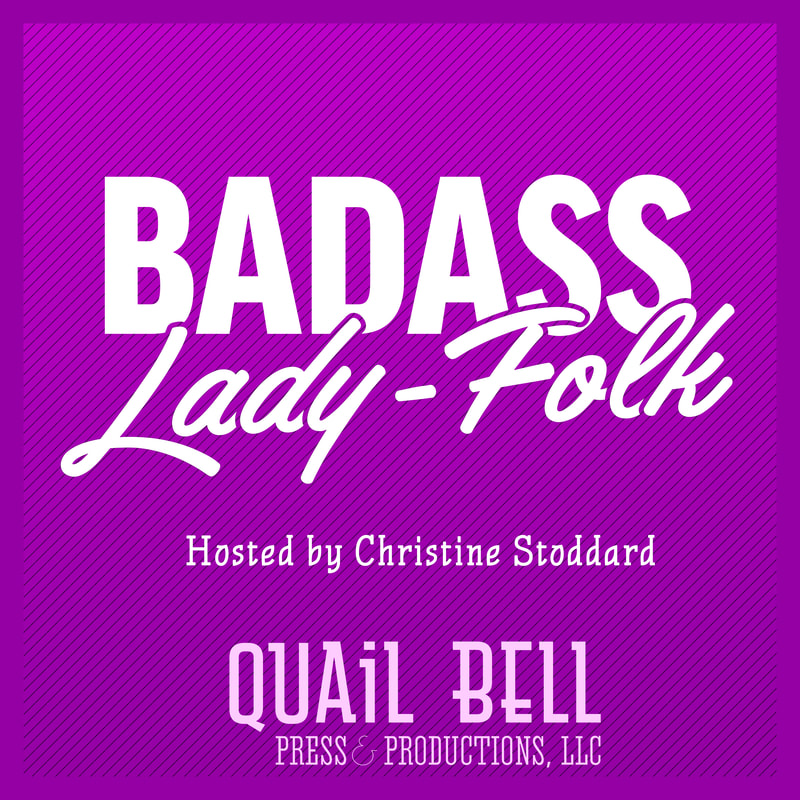|
The Breadcrumbs widget will appear here on the published site.
Marching For Popular PowerBy Alex Sparrow Editors' note: On January 28, 2019, thousands of educators, students, and citizens marched to the Virginia State Capitol to demand schools receive more funding. Here's just one voice from that march, from a member of the Democratic Socialists of America. Monroe Park was filled with red—red shirts, red hats, red flags. This was the largest demonstration I had ever seen in Richmond, Virginia. The city has always been a “hotbed of civil rest.” It was the most fervent example of otherwise politically inactive people becoming active I'd ever seen. I was surprised to find, Ashley, a friend of my brother’s, at the rally. She’s a school psychologist who shuttles from school to school, instead of supporting one particular school and focusing on its students’ specific needs. Ashley was likewise surprised to see me there. Why would I be marching with the teachers? I told Ashley I was looking for the socialist bloc. We found them by the giant red flags they were flying. The socialists were there because teachers are workers, and some of the most exploited workers at that. They are expected to teach most of the week, prepare for class on their off hours, and they get paid next to nothing because it’s all “for the kids,” as if they can eat altruism. Socialists know that the starving of public schools is part of a larger systemic effect of capitalism, to destroy public services that support the people, to starve working people for the profit of the owners of what we labor to produce. Socialists know that private education is a scam to serve capital, and should be replaced with universal public education.
So, I marched, at the most abstract level, because the teachers’ strikes are the forefront of the labor movement today. Teachers and their supporters from across Virginia packed the park to rally for the state money that they have been denied. Funding for public education has been stagnant since the financial crisis in 2008, and state and local governments never returned spending to pre-recession levels. Since the Virginia Education Association, the quasi-union for Virginia teachers, would do nothing, teachers across the state formed Virginia Educators United to organize its own walkout on January 28th. Virginia Educators United has made simple demands. Restore public education funding to pre-recession levels. Increase teacher pay to match the national average. Hire more teachers, so that classes can be smaller and each teacher more effective and hire more diverse teachers. Repair the disintegrating school buildings, and get rid of their black mold, their rats, their toilet-paperless bathrooms, their collapsing ceilings. Remove the pointless cap on support staff, so that every school can have a nurse, counselors, and other social workers. I could have told Ashley that I’m marching because I’m a socialist and I was there to support the working class. I could've also said that I marched because I have three nieces in Virginia’s public schools. Fortunately, their schools are well-maintained and fully-staffed, with activities that we never had when I was in school. (Robotics competitions? What?) Also, I know public school teachers, and their dedication to their craft, and I know that they struggle, working multiple jobs and paying for their own classroom supplies. But the real reason I marched was to save public education. I’ve worked in the alternative—private for-profit education—and it’s ugly. For five years, I taught at a local for-profit college, the model of education governed by capital. Granted, this was post-secondary education, and the march was composed of school teachers and in support of public schools, not colleges. But the for-profit college I worked for gives us a glimpse into what private education means for the working class, especially low-income people, who made up the entirety of my students. Admissions for these students was about getting federal loans. Admissions officers would tell students that they would have in-college support services to help through their classes. They would tell them anything to get them to sign up, whether the prospective student was ready for college or not. The support that was promised was provided—until the student could no longer withdraw from college without making loan repayments. Then the student was locked in and all that support disappeared. It really didn’t matter, though, whether the students completed their studies or not. Even the best jobs that a student could get through that college—nursing or medical assistantship—would never pay enough to ever get out from under their debt. This isn’t to say that students didn’t finish. While real support may have dried up, teachers were pushed to lower their standards and raise grades so that every student could get a degree. Most teachers at the college were adjunct instructors, which is a fancy word for part-time. We were hired by the semester, and we wouldn’t know if we would have a job, or what the pay would be, or what the classes would be, until the day before classes started. Classes were held in little gray box-like rooms stuffed with thirty students. Because of the college’s deal for Microsoft software, we taught students how to use Bing instead of Google for research. This was 2012 I’m talking about. The curriculum was dictated by the shareholders and state requirements. To show the state Board of Education that we were following regulations, we had a standard classroom syllabus that was twenty pages long. Since students had to be informed of everything contained in this document, I would spend the entirety of one of the semester's fifteen class sessions going over the syllabus. Unfortunately, teachers and students didn’t see themselves in one another. Students thought that we must be well-paid professionals, even though our pay didn’t meet the poverty level. Both teachers and students worked multiple jobs yet demanded more of one another than either could provide. This suited management just fine. I eventually left. When my manager left, they turned my philosophy classes over to the Business Studies manager. At every meeting, he reminded us that our job was to “make money.” Without prompting, he would defend for-profit education, because he likes “to make a buck” (Was he a shareholder or did he not understand how capitalism works?) The ultimate insult was that he insisted that I pass a student who had plagiarized their paper. If you want to know what a world without public education looks like, it’s this manager: a wad of undercooked dough who only cares about getting money from students who have none to give. For the owners of capital, it means great schools where students understand they are the producers of knowledge. For the working class, a world without public education means shit schools full of people warehoused in little gray boxes until they’ve pressed lever enough times to get a degree. A world with public education looks like the teachers’ march. Like teachers from all over Virginia, passionate enough to risk their job and travel to Richmond. Like a teacher at the very top of the Capitol steps, electrifying thousands with an idea of their power as her red dress flows around her in the wind. Like a sea of red crashing on the State Capitol to shake the instruments of capital. A world with public education looks like popular power.
0 Comments
CommentsYour comment will be posted after it is approved.
Leave a Reply. |
AuthorWrite something about yourself. No need to be fancy, just an overview. Archives
July 2024
Categories
All
|



 RSS Feed
RSS Feed






